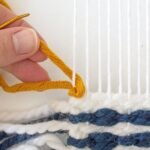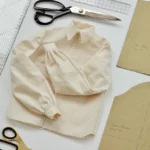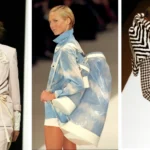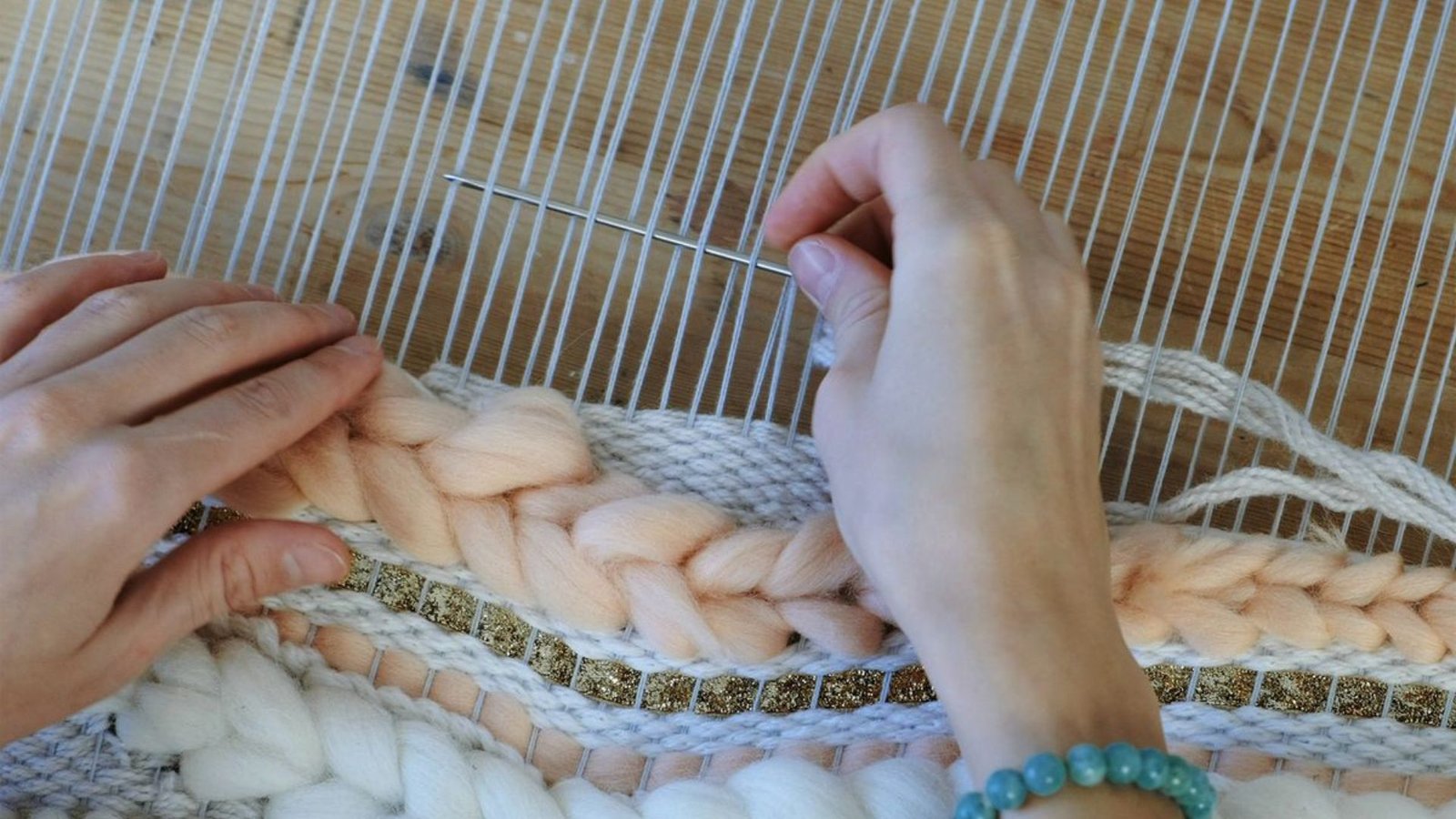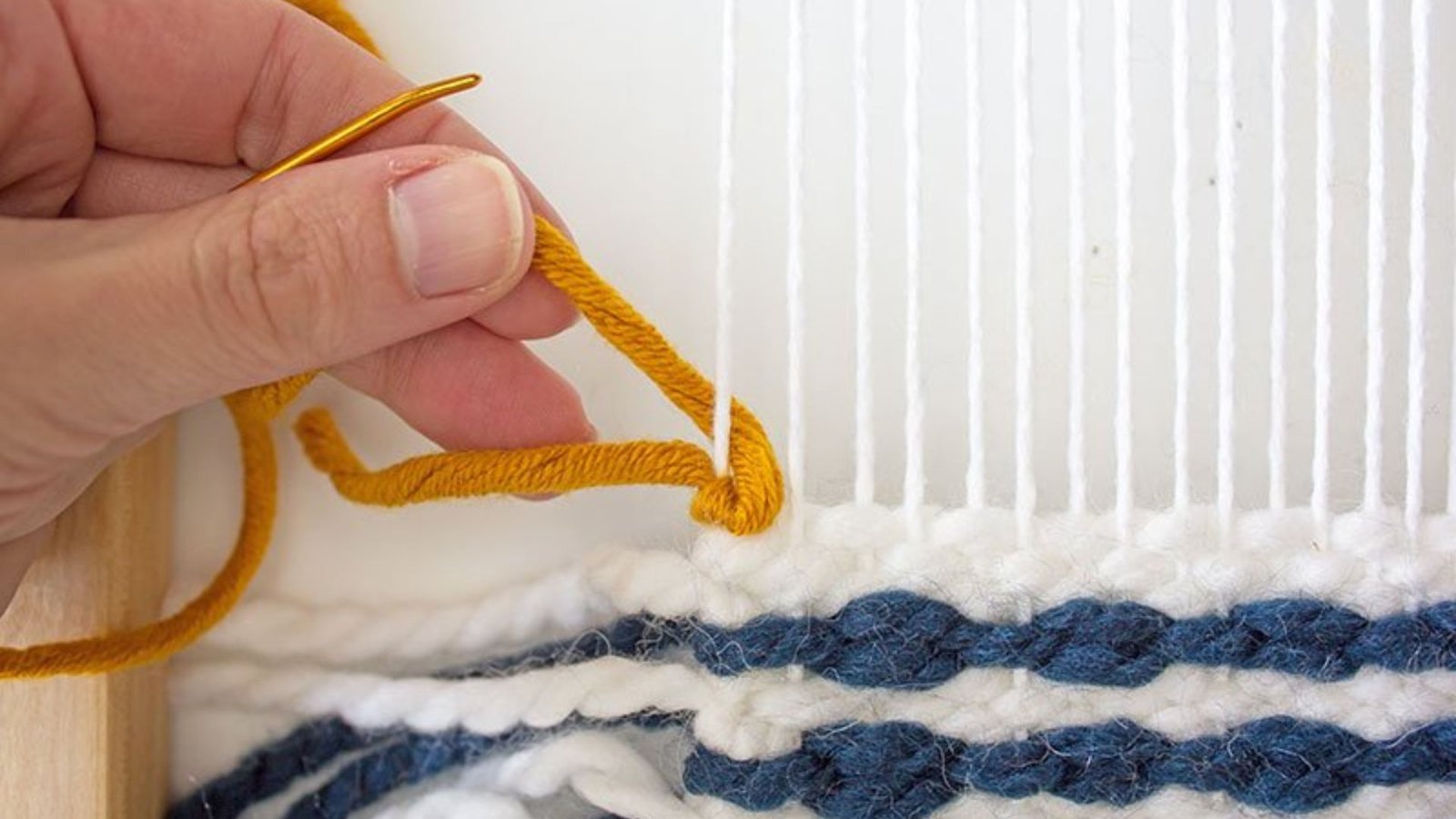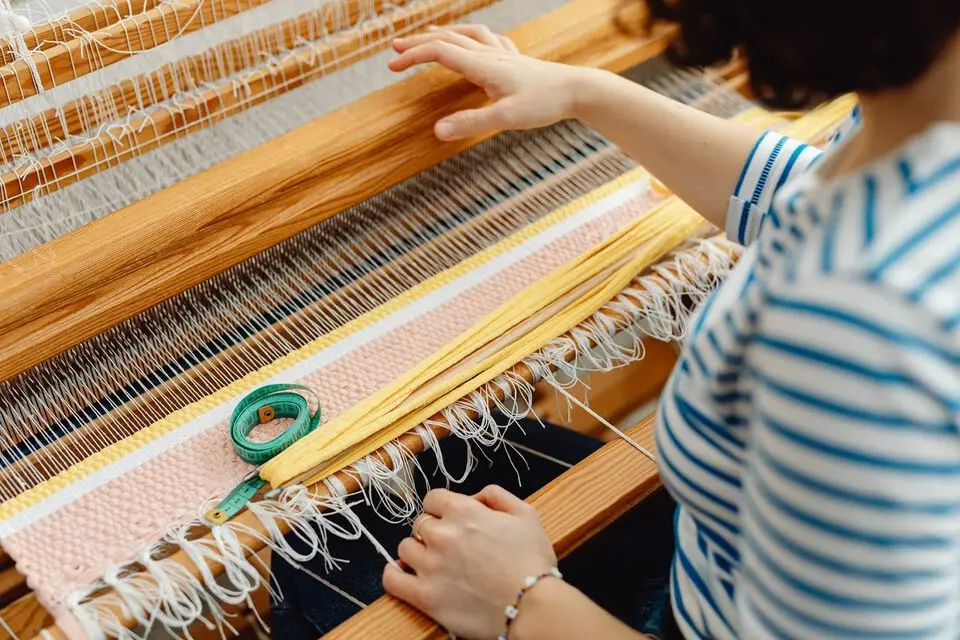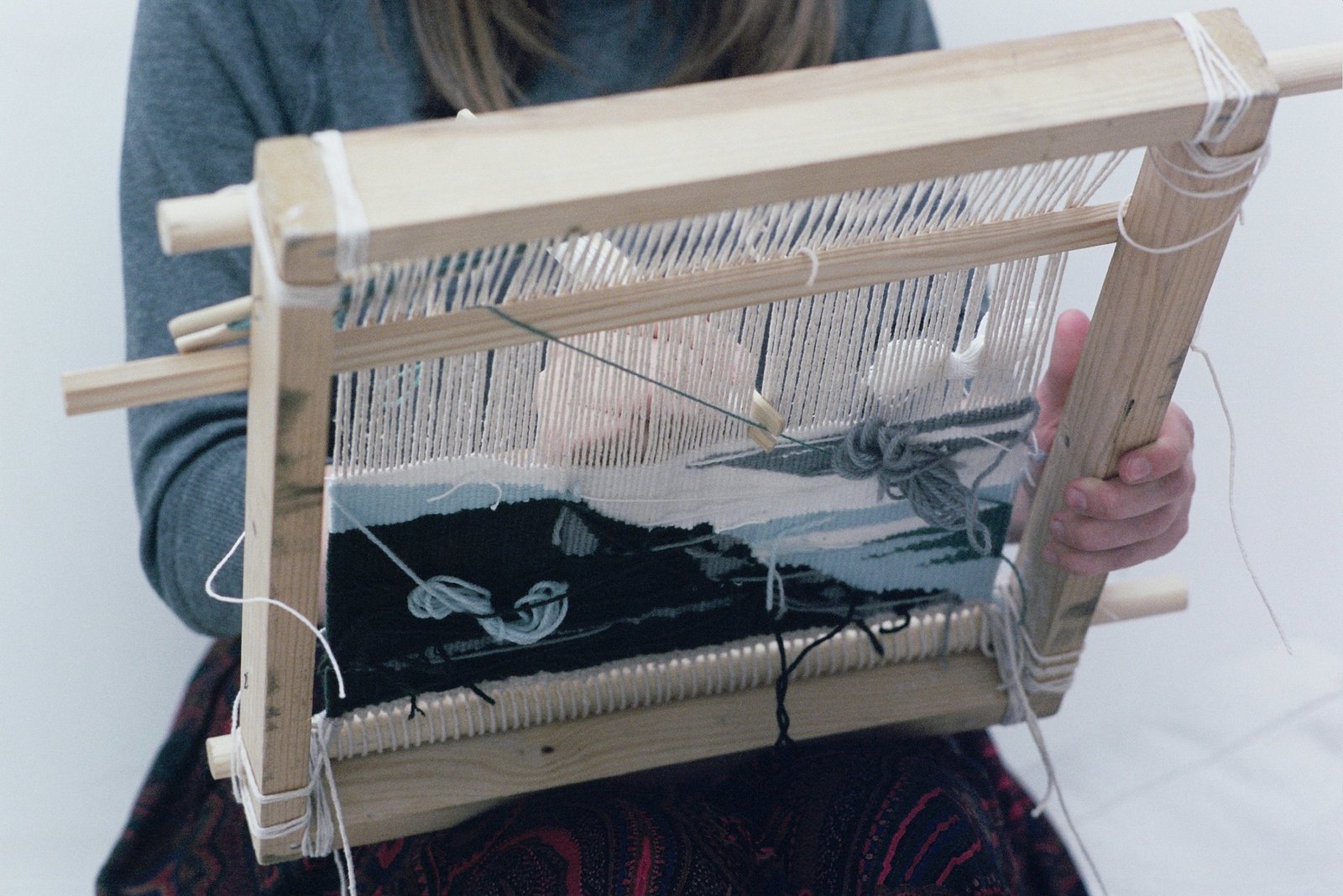Weaving patterns are the foundation of textile design, transforming simple threads into complex, beautiful fabrics. Each pattern offers unique aesthetics and functional properties, making them suitable for various applications. This guide explores several popular weaving patterns, their uses, and the techniques involved in creating them.
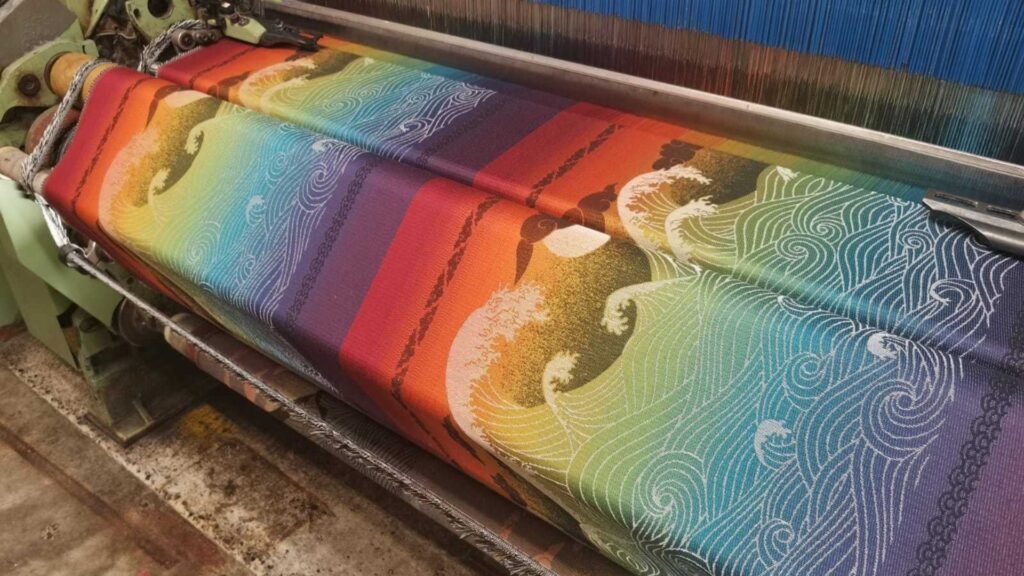
Plain Weave
The plain weave is the most basic and widely used weaving pattern. It consists of a simple over-under arrangement of warp and weft threads.
Technique
In a plain weave, each weft thread passes over one warp thread and then under the next. This process creates a tight, flat fabric.
Uses
Plain weave is versatile and used for many fabrics, including cotton shirts, muslin, and denim. It’s ideal for everyday clothing and home textiles due to its durability and simplicity.
Twill Weave
The twill weave creates a diagonal pattern on the fabric surface, characterized by its distinctive diagonal lines.
In a twill weave, each weft thread passes over multiple warp threads before going under one or more warp threads. This creates a stepped or staggered effect.
Satin Weave
Satin weave is known for its smooth, lustrous surface and a soft, luxurious feel.
In satin weave, the weft threads float over several warp threads before passing under one, creating a high sheen on the fabric’s surface.
Herringbone Weave
The herringbone weave features a distinctive V-shaped pattern that resembles the bones of a herring fish.
This pattern is achieved by alternating the direction of the twill weave at regular intervals, creating a zigzag effect.
Herringbone fabrics are often used for suits, jackets, and outerwear. The pattern is both stylish and durable, making it suitable for a variety of applications.
Basket Weave
The basket weave pattern creates a texture similar to woven baskets, with a grid-like appearance.
Dobby Weave
Dobby weave features small, geometric patterns that are typically repeated across the fabric.
A dobby loom uses a special attachment to create small patterns by lifting different warp threads in a controlled sequence.
Uses: Dobby weaves are often found in dress shirts, table linens, and decorative fabrics. The patterns add a subtle texture and interest to the fabric.
Tapestry Weave
Tapestry weave is known for its ability to create complex, multi-colored designs.
In tapestry weaving, multiple weft threads are used to cover the warp threads, creating dense, colorful patterns that are visible on both sides of the fabric.
Tapestry weave is used for decorative wall hangings, art pieces, and intricate upholstery. The technique allows for detailed, artistic designs.
Double Weave
Double weave creates two layers of fabric woven together, with the possibility of producing two different patterns on each side.
This pattern requires the use of a specialized loom to weave two sets of warp and weft threads simultaneously, creating a reversible fabric.
Double weave fabrics are used for complex, high-quality textiles such as blankets, upholstery, and reversible garments. The dual-layer structure adds versatility and durability.
Conclusion
Understanding different weaving patterns helps you appreciate the complexity and artistry involved in textile creation. Each pattern has its unique characteristics and uses, making it suitable for various applications. Whether you’re a weaver or simply an admirer of textiles, exploring these patterns opens up a world of possibilities for creating beautiful and functional fabrics.




